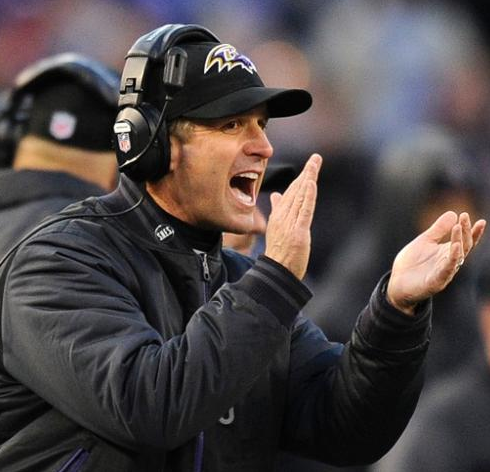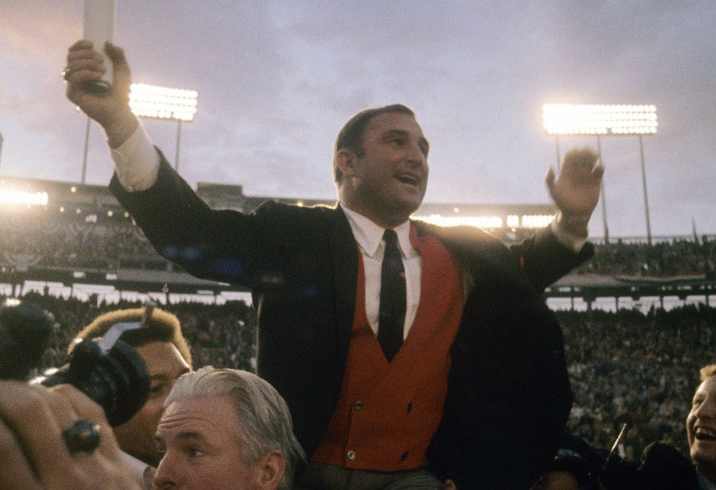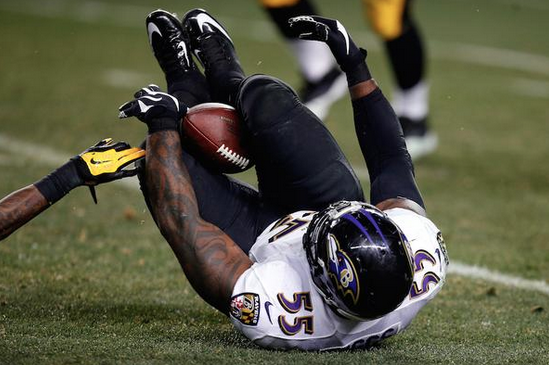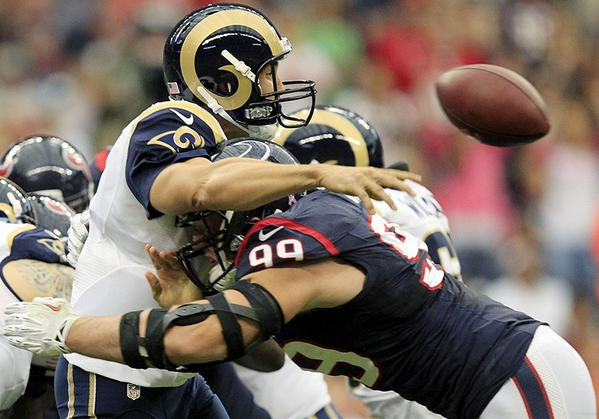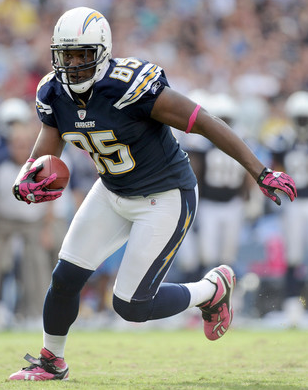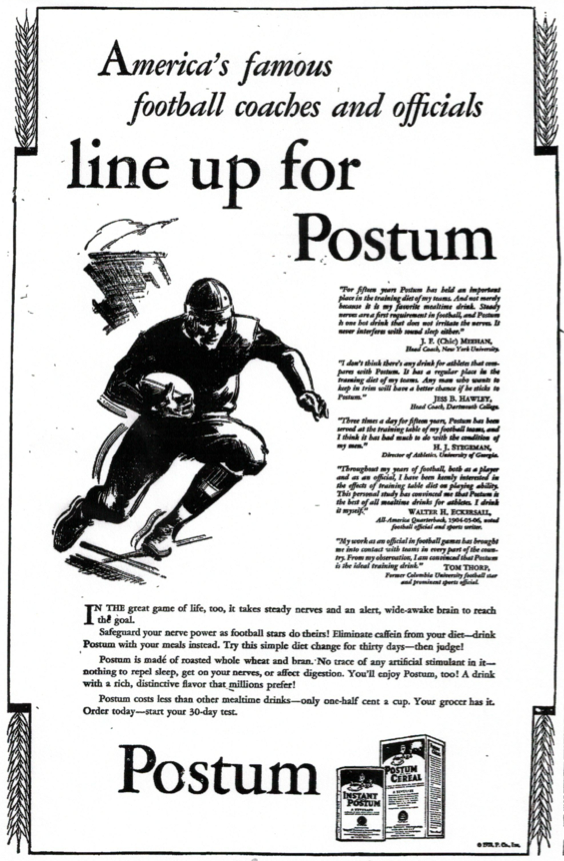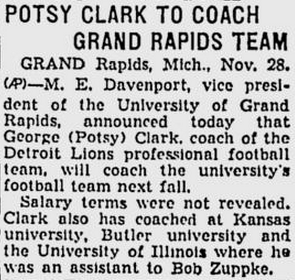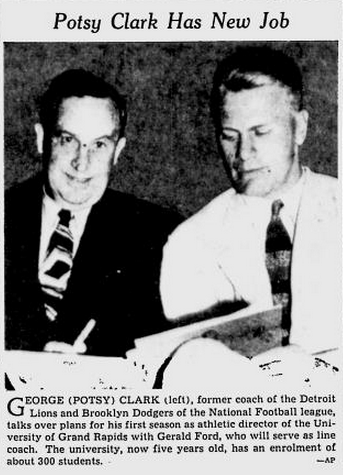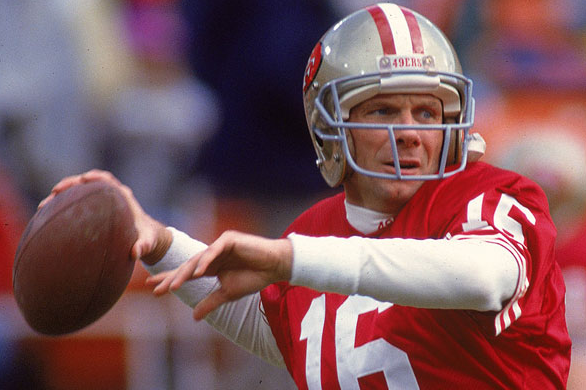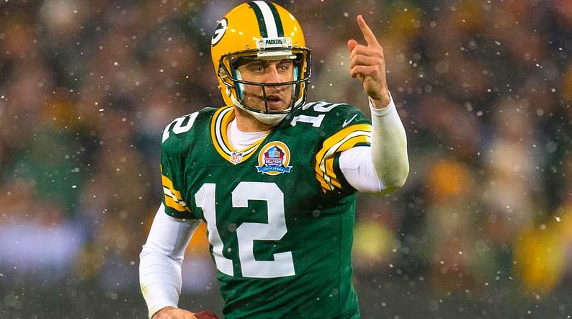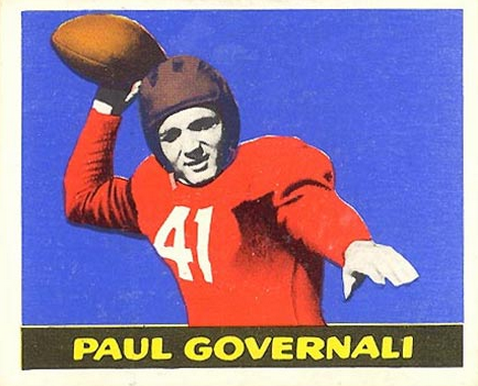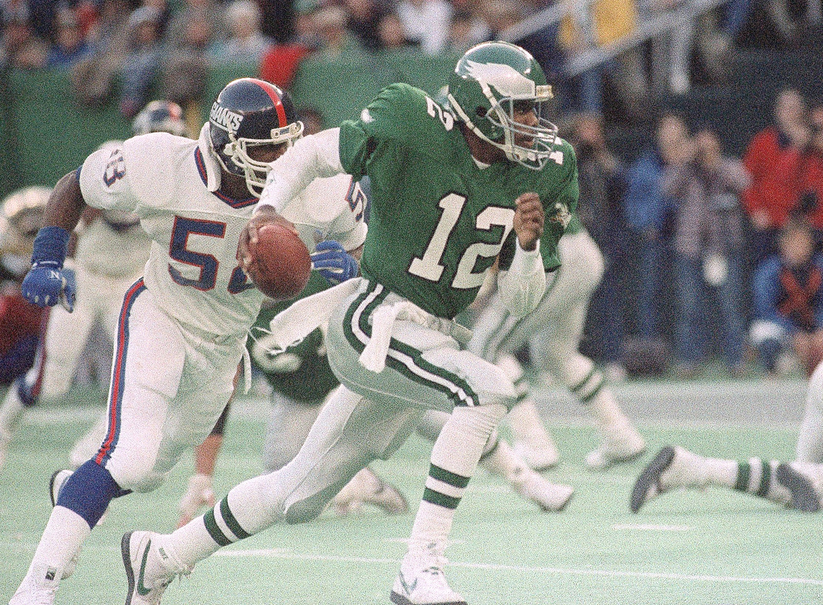The Bengals have made the playoffs in six of Marvin Lewis 12 seasons. You’d think congratulations would be in order — first for surviving a dozen years in any coaching job, and second for steering his team to the postseason so often. But Lewis’ 0-6 record in the playoffs has folks wondering, rightfully, whether he’ll be working in Cincinnati much longer. This is, after all, the Not For Long League. It’s not enough to just win, baby. You have to keep on winning, baby, into January and beyond.
Not that he’ll take any comfort in this, but Lewis is hardly the first coach to trip over that final hurdle. Heck, there are guys in the Hall of Fame who tripped over that final hurdle — and several others who rank high on the all-time victories list. Indeed, if there were a Misery Index for coaches, it might look something like this:
100-WIN COACHES WHO HAD A LOSING RECORD IN THE PLAYOFFS
[table]
Span,Coach (Titles),Teams,Regular Season,Playoffs
1986-01,Jim Mora,Saints\, Colts,125-106-0\, .541,0-6\, .000
2003-14,Marvin Lewis,Bengals,100-90-2\, .526,0-6\, .000
1955-74,Sid Gillman (1),Rams\, Chargers\, Oilers,122-99-7\, .550,1-5\, .167
1931-53,Steve Owen (2),Giants,151-100-17\, .595,2-8\, .200
1966-77,George Allen,Rams\, Redskins,116-47-5\, .705,2-7\, .222
1984-06,Marty Schottenheimer,Browns\, Chiefs\, 2 others,200-116-1\, .613,5-13\, .278
1973-86,Don Coryell,Cardinals\, Chargers,111-83-1\, .572,3-6\, .333
1992-06,Dennis Green,Vikings\, Cardinals,113-94-0\, .546,4-8\, .333
1973-94,Chuck Knox,Rams\, Bills\, Seahawks,186-147-1\, 558,7-11\, .389
1967-85,Bud Grant,Vikings,158-96-5\, .620,10-12\, .455
1994-14,Jeff Fisher,Oilers/Titans\, Rams,162-147-1\, 524,5-6\, .455
1996-08,Tony Dungy (1),Bucs\, Colts,139-69-0\, .688,10-12\, .455
[/table]
(Note: If you want to be technical about it, Grant won the NFL championship in 1969, then lost the Super Bowl to the AFL’s Chiefs. Also: Schottenheimer’s other teams were the Redskins and Chargers.)
That’s 12 coaches with 100 regular-season victories who have lost more playoff games than they’ve won. Four are in Canton (Gillman, Owen, Allen and Grant) and another has been a finalist (Coryell) and may eventually get elected. Clearly, then, a poor postseason record doesn’t have to be a reputation-killer for a coach. (And yes, Gillman’s and Owen’s situations are much different from the others’. All but one of their playoff games was a title game — back when that was the extent of pro football’s postseason.)
The biggest problem for Lewis, obviously, is the goose egg. Aside from Mora, everybody else in the group had at least one notable postseason. Owen, Gillman (AFL) and Dungy won titles; Grant, Allen and Fisher reached the Super Bowl; and Schottenheimer (three times), Coryell (twice), Green (twice) and Knox (four) all made multiple trips to the conference championship game.
As for Lewis and Mora, well, Jim probably said it best:
Source: pro-football-reference.com

